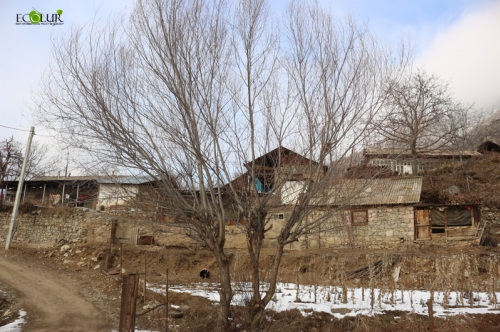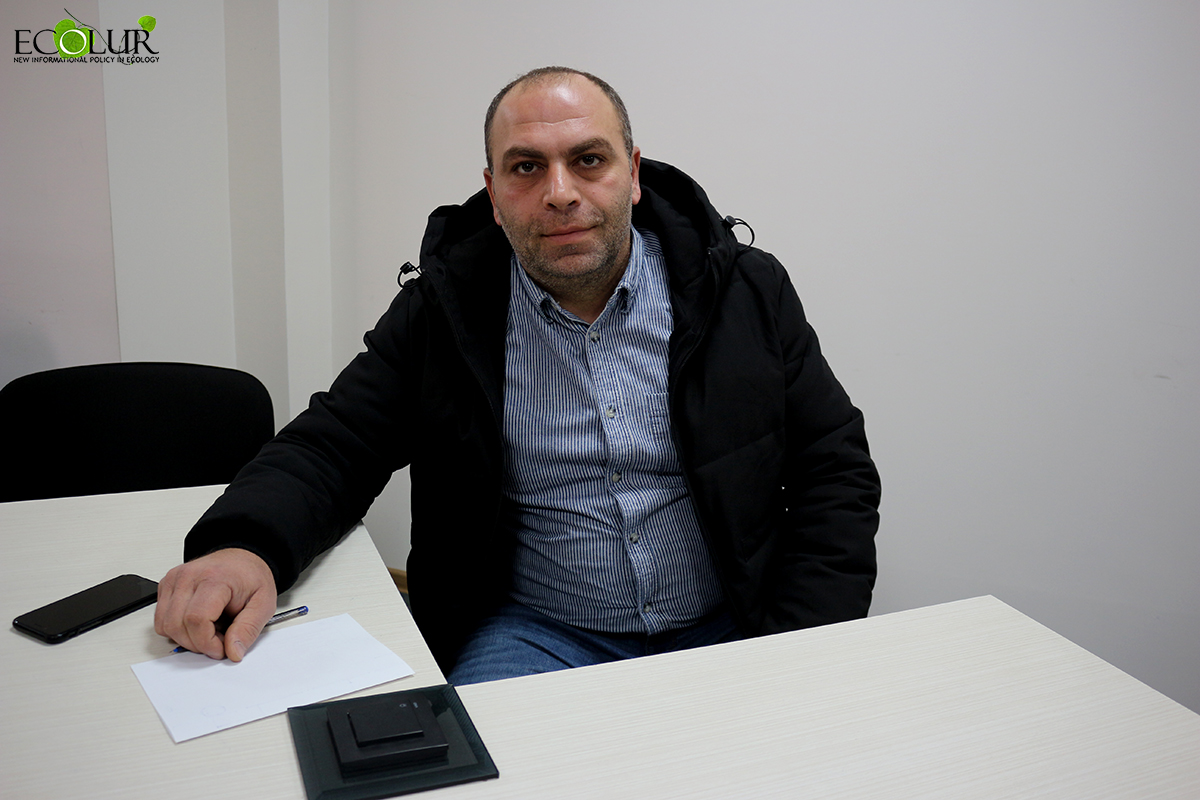

“Gharagulyans” CJSC, which has been granted the right to use the soil in the central section of Verin Vardanidzor gold-polymetallic mine in Syunik Region, Republic of Armenia, since 2016, has not developed the mine. As of the beginning of 2021, the residents of the affected Vardanidzor settlement told EcoLur that they were not aware of the mining operations. The mine is not mentioned in the reports for 2016-2018 published by the company within the framework of the Extractive Industries Transparency Initiative (EITI).
The company also has a geological survey permit for the same mine and wanted to extend its term in 2019, nevertheless RA Minister of Territorial Administration and Infrastructure rejected the application of the company on the grounds of violation of contractual obligations by his decree in 2020.
The area of the mine allocated to "Gharagulyans" CJSC is 209.9 hectares, and the annual allowed volume of extraction is 150 thousand tons, the development period is until 2053. According to the application for environmental impact assessment of the mine, the extracted ore will be sold to the relevant processing companies, and in the absence of demand, the ore will be transferred to the Kapan Mining and Processing Plant for further processing.
The application was submitted for environmental expert assessment in 2016.
The expert opinion is not published on the official website of Environment Ministry. In fact, it has lost its force, as the implementation of the activities envisaged by the expert opinion did not start within one year after the expert opinion was issued, in accordance with Article 20, Part 7 of RA Law on Environmental Impact Assessment and Expertise.
According to the reports submitted by the company within the framework of the Extractive Industries Transparency Initiative (EITI), the number of employees in the company in 2016-2018 was 1 person. Meanwhile, Meghri enlarged community had high hopes for the operation of this mine, as the five-year development plan of Meghri community for 2017-2021 states that the company is expected to create 184 new jobs, which will solve some of the social problems of the population.
Under the soil management contract, “Gharagulyans” CJSC has socio-economic obligations to the communities affected by the mine. In 2016 and 2017, the company did not fulfill these obligations. In 2018, the funds provided for the fulfillment of the mentioned obligations were transferred to the Meghri community hall only for the mentioned year.
In his conversation with EcoLur, Vanik Sargsyan, Head of Organizational Department of Meghri Community Municipality, mentioned that in 2020 the company transferred 1 million AMD to the Meghri Municipality for the implementation of socio-economic development programs.
Regarding the alternative development of the community, the representative of Meghri Municipality mentioned that the livestock breeding in the community is not fully developed, but there is no lack of pastures. "I would very much like livestock breeding to develop so much in the Meghri Community that it has already started competing for land with the mining industry. At that time, we could have suggested to the miner that the agriculturist has a more serious offer for us, we give our preference for that," Vanik Sargsyan said.
The company had a land lease agreement with the Meghri community, which, according to Vanik Sargsyan, was terminated.





This material has been prepared within “Liability of Non-operating Mining Companies in EITI Process” project impletmened by EcoLur with the USAID support within the frames of “Engaged Citizenry for Responsible Governance” project implemented by Transparency International Anticorruption Center.

This article is made possible by the generous support of the American People through the United States Agency for International Development (USAID). The contents of this article are the sole responsibility of the authors and do not necessarily reflect the views of USAID or the United States Government.
June 03, 2021 at 15:44
